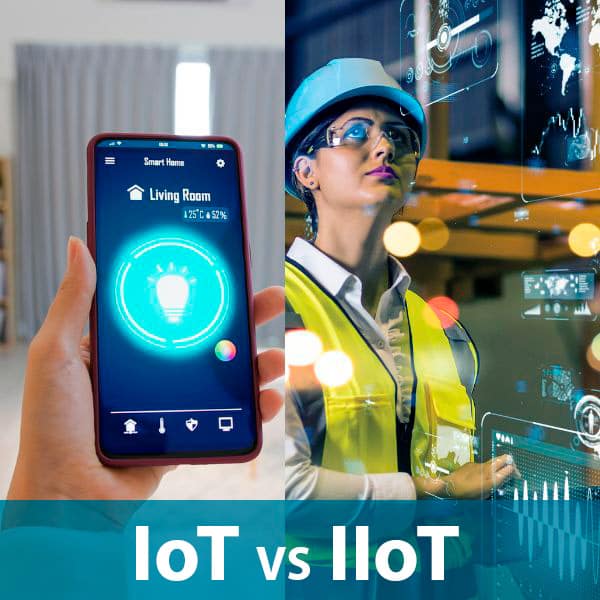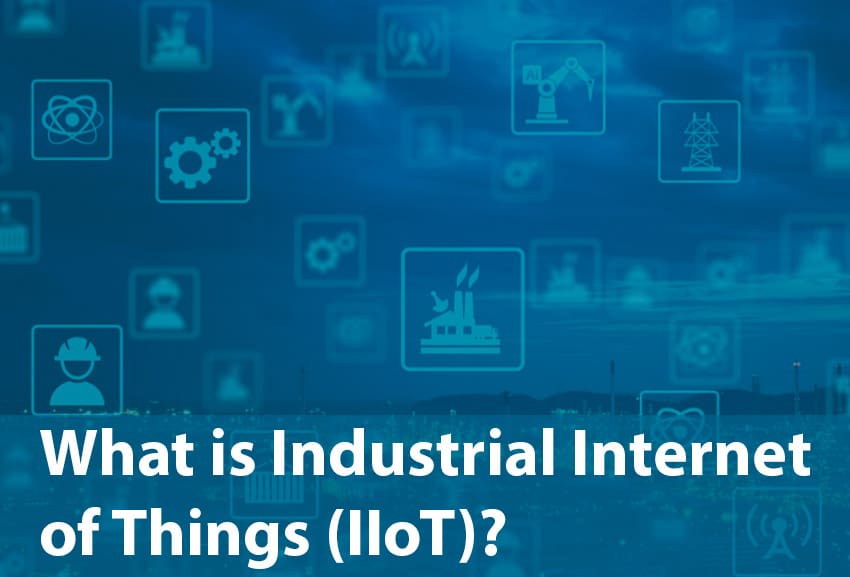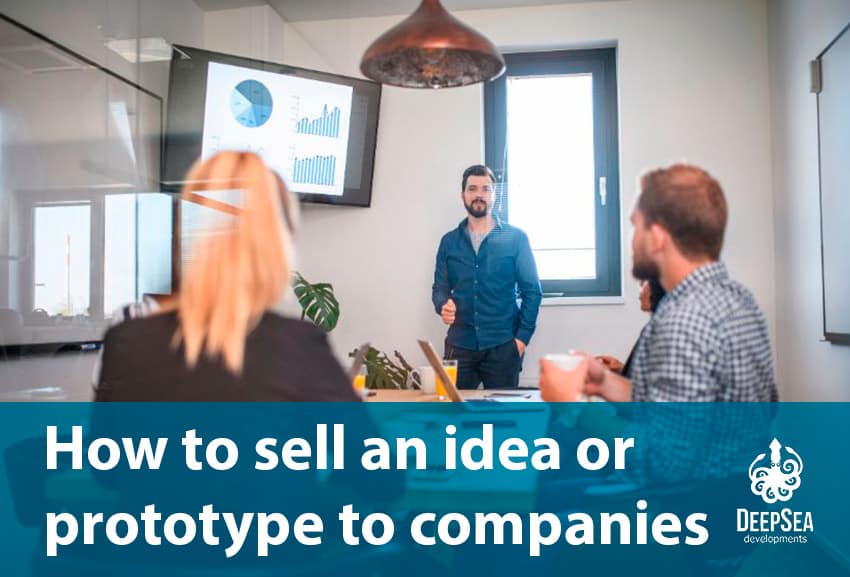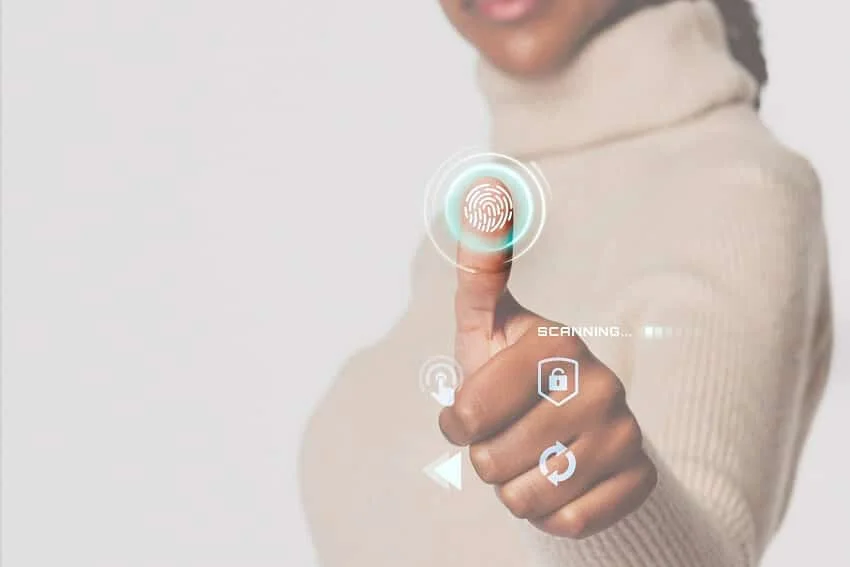Many people are listening about the IIoT, or the industrial Internet of Things, and this is a concept that is being applied in many industries that benefit from this technology. If you already know the meaning of IoT, continue reading below to understand what IIoT is, and what are its differences with the Internet of Things.
What is IIoT?
IIoT stands for Industrial Internet of Things, and it consists of the use of IoT technology in industrial and manufacturing areas. IIoT (Industrial IoT) involves the integration of IoT devices, such as IoT sensors, cameras, and hardware with industrial equipment and systems to collect and analyze data in real-time.
The Industrial Internet of Things can also be used to monitor equipment from companies, for example: machines, assets, robots, and vehicles. On the other hand, IIoT is used to optimize industrial processes, such as manufacturing, logistics, and energy management. The data collected by the IoT devices can be used to improve efficiency, reduce downtime, and increase productivity.
Now that you understand the industrial IoT definition, it is easier to visualize the different IIoT applications. There are many companies like Cisco, Siemens, Bosch, and IBM that are offering solutions in this market, especially in the IoT analytics area.
If you are a startup or company looking forward to developing new projects for being launched into the IIoT market, you can click below and contact us.
IoT vs IIoT

Many people don’t understand the difference between IoT and IIoT, and there are points in which they differentiate such as purpose, scale, reliability, security, AI integration, and use cases.
The IoT and IIoT difference can be reduced to where they are used. For example, IIoT is used in factories, big automation processes, utilities, smart cities, transportation, and heavy machinery. On the other hand, IoT is commonly used in other segments of the market such as wearables, healthcare, home appliances, home automation, and smart buildings.
The Industrial Internet of Things involves the management of large amounts of data, that’s why it is important to have stable and reliable IIoT devices, which depend on a good understanding and configuration of firmware and software.
Another difference between IIoT and IoT has to do with the need for a higher level of security. The industrial IoT is in charge of sensible data, which may compromise the operational processes of an organization. Instead, IoT devices are used at a lower level of data management (but it doesn’t mean they don’t need to be secure as well.)
When we talk about the industrial Internet of Things, it is hard to separate it from AI (Artificial Intelligence). Industrial IoT can involve AI integration, since it enables the chance to analyze the collected data quickly, and thus, make predictions, propose statistical models, and improve the different tasks by suggesting changes in specific areas of the supply chain.
Thanks to this, IIoT serves as a way to increase efficiency in big companies, improve customer experiences, and deliver new business opportunities.
Finally, IoT vs IIoT presents a difference in the several regulations (government) that may appear for technologies being used in industries, since they must take into account the safety of valuable information that may affect a big organization or a whole market. That’s why it is important to hire professional IoT product design and development consultants that can deliver an outstanding IIoT solution.
IIoT example
We would like to share one IIoT example with you; maybe this can help you to get inspired with your business ideas.
Imagine a company that needs to optimize production processes. This can be a difficult task if it counts only in human resources and several departments that constantly monitor the way they operate. However, thanks to the Industrial Internet of Things, a company can collect useful data and use that information to make quick decisions.
How can this information be gathered? Through the installation of different sensors on its production line to collect data on machine performance, temperature, and other factors. This data is sent to a central monitoring system or software where it is analyzed in real-time for different purposes:
- Predictive maintenance.
- Defining periods for this task.
- Energy consumption levels.
- Necessary improvements to increase efficiency.
- Safety measures.
- How to take advantage of human talent and the use of machines.
With the gathered information, the people in charge can determine the best scenario for the company and make the necessary adjustments.
We hope you liked this article regarding the definition of IIoT and its difference with IoT. If you need a consultation for your project or business idea, we invite you to book a free consultation with our expert engineering team.






